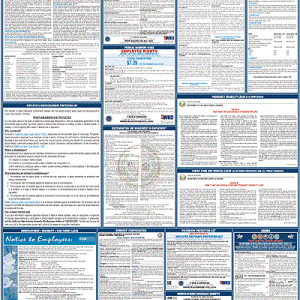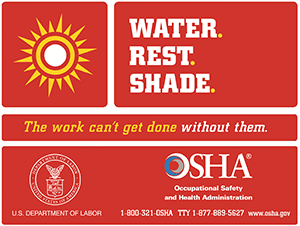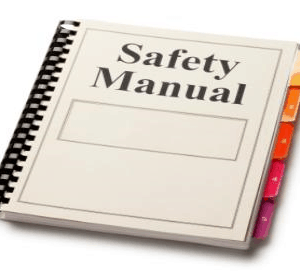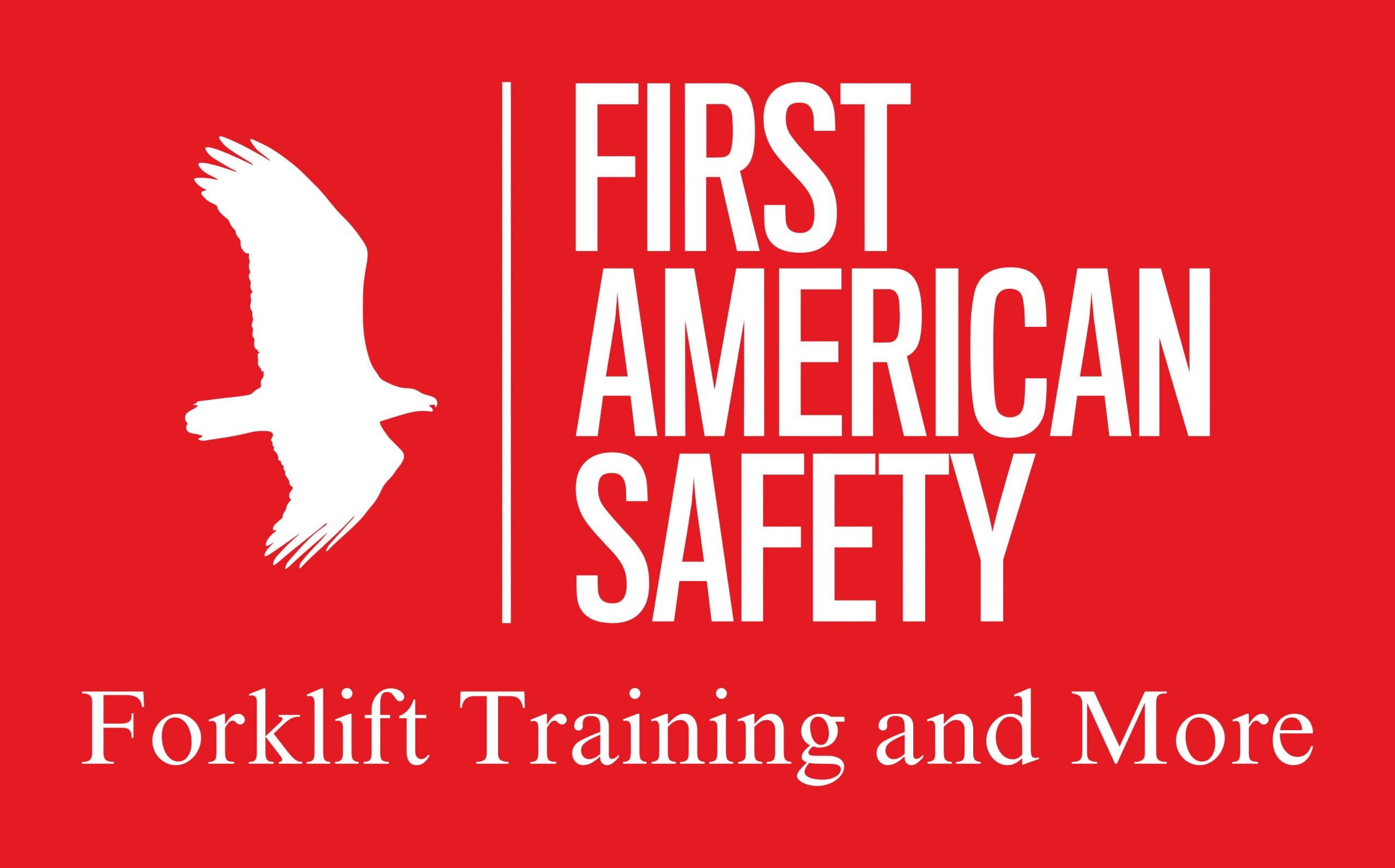Need some free safety meeting topics?
Working Around the Railroad in Construction
Working Around the Railroad in Construction Free Tailgate Safety Meeting Topic
-
 2025 Labor Law Poster State and Federal Combo$33.99
2025 Labor Law Poster State and Federal Combo$33.99 -
Product on sale
 Heat Illness Prevention PlanOriginal price was: $39.99.$29.99Current price is: $29.99.
Heat Illness Prevention PlanOriginal price was: $39.99.$29.99Current price is: $29.99. -
Product on sale
 Injury/Illness Prevention Program (IIPP)Original price was: $49.99.$39.99Current price is: $39.99.
Injury/Illness Prevention Program (IIPP)Original price was: $49.99.$39.99Current price is: $39.99.
Working around the railroad has it’s own set of dangerous exposures and rules that most people don’t know about. Most railroads require background checks and special training programs be completed prior to stepping foot on their property. The railroad falls under the Federal Railroad Administration or FRA. If you are working as a contractor for the railroad or on a project the intersects railroad property, you will fall under the local OSHA Laws and the FRA Rules.
When you get on site every day, you will be required to check in with the Railroad Employee in Charge or the EIC. The EIC will then hold a job briefing which will include the form of on track protection that is being used. In most cases if working on a main line a Form B will be used. If you are working in a yard or an area where there are storage tracks, switches can be line and locked or D-rails will be used for on track protection.
No matter the type of on track protection that is used, each worker on site is required to know the type of on track protection that is in use. If a Form B is being used each worker must document the Form B number, the date, the “ok time”, the dispatcher, the weather conditions, the fire danger classifications, the rule of the day, the mile posts for the form b, the EIC’s name and phone number and what tracks are under the Form B protection. If switches are line and locked or D-rails are in use, every employee onsite must know where the switches are lined and locked or where the D-rails are. Every worker must know what tracks are protected by the line and locked switches or D-rails.
Form B protection is when trains in the area must call the EIC for the designated miles posts via radio prior to entering the work area. The EIC will then give the train permission to proceed through the Form B limits or the EIC will slow or stop the train in needed. D-rails are put in place to do just as they say. The D-rails will derail a train off the tracks to stop it from entering the work zone. Switched line and locked is when track switches are aligned and locked with a tag and physical lock to divert the train onto different tracks away from the work zone. On track protection must be in place if you are working within twenty-five feet of any railroad tracks. The FRA can come on site at any time and ask you what your on-track protection is. You must be able to answer their questions accurately. The FRA can fine you and the company you work for if you can’t answer the questions.
Even though trains are on tracks, working around trains can be deadly. When working on the main line tracks, trains can be traveling more than seventy miles per hour. Materials fall off trains all the time which can hit and seriously injure or kill a person. Being sure to clear the tracks by at least twenty-five feet while a train is going by will help keep you safe. Trains can miss or run through the form B limits so watching the tracks in all directions is very important. Even though trains seem loud, when the engine is coming up behind you, you will not always hear it. Having good communication with the EIC is key to keeping you and your crew safe. The cardinal rule while working on the railroad is to expect a train at any time, in any direction. Looking both ways before crossing tracks is a golden rule on the railroad. Be your brother’s keeper and never allow your work brother to go back to work until a train has cleared the work area.
Be sure to follow all the rules that are gone over during your roadway worker protection training. This training is to be given to you by your employer. The training is completed online for the specific railroad you are working for. The EIC in your work area will typically have his or her own set of rules that they want you to follow as well. Be sure to maintain clear understanding of what work is going to be performed and when it is going to be performed with the EIC. This communication is important so the EIC knows what type of on track protection is needed.
